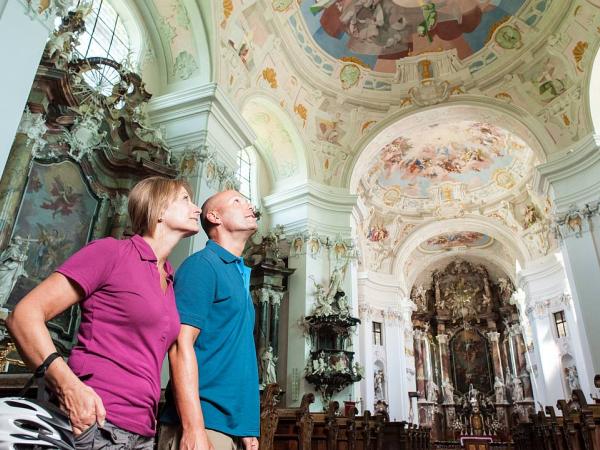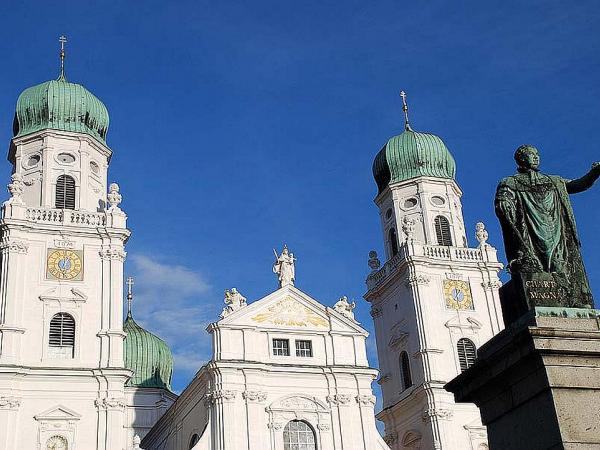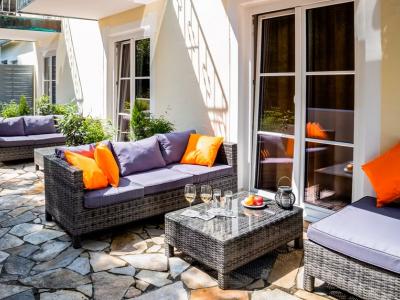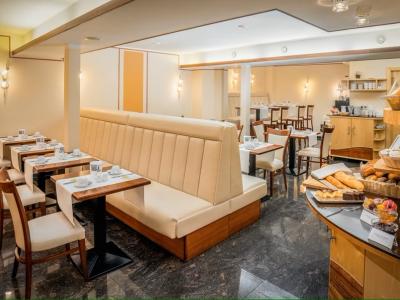Hotel sample
Hotel Spitzberg
Let yourself be surprised by this beautiful house in an absolute top location in the center of Passau, ideally located between the university and the train station with a 5-minute walk to the new “center of Passau”.
Rooms: View: front side, courtyard side or on the edge of the forest
Double room size: from 19m² to 26 m²
Beds: from 90cm x 200cm up to 220cm x 200cm (also with extra length up to 220 cm)
Note: Please be informed that this hotel is a hotel sample and therefore subject to alteration! Find Your final hotel booking at Your hotel list after/at booking.























